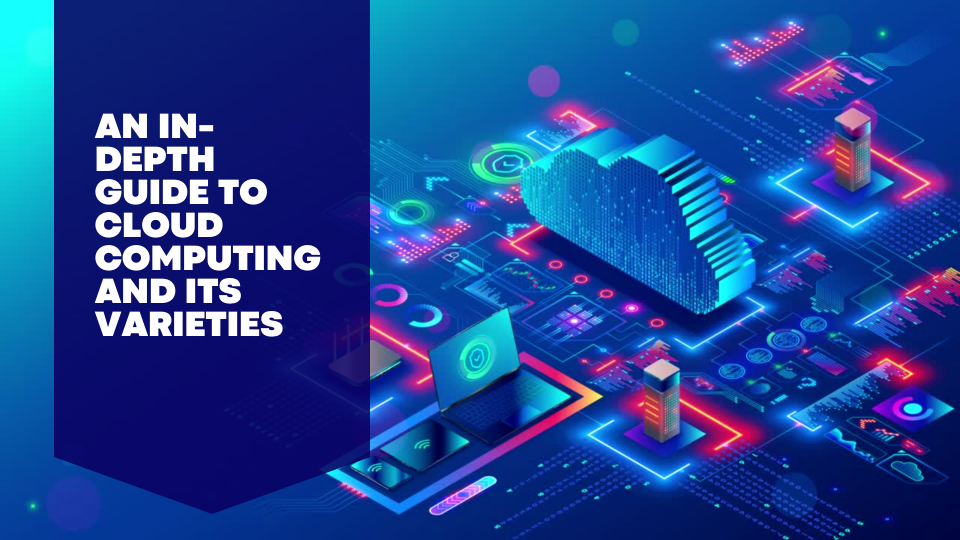An In-Depth Guide to Cloud Computing and Its Varieties

In today’s digital age, the term “cloud computing” has become ubiquitous. From storing photos on our phones to running global enterprises, the cloud plays a pivotal role. But what exactly is cloud computing? Let’s dive deep into this technological marvel, understand its types, and explore real-world examples.
Also Read:- Gaming Technology: Examples and Detailed Introduction
What is Cloud Computing?
Cloud computing refers to the delivery of various services over the internet, including storage, processing power, and networking capabilities. Instead of owning their own computing infrastructure or data centers, companies can rent access to anything from applications to storage from a cloud service provider. This not only saves organizations money but also allows them to be more agile and scalable.
The “cloud” metaphor represents the internet. Just as we draw the internet as a fluffy cloud in diagrams, we think of our data and applications residing in this abstract space, accessible from anywhere rather than a tangible, physical entity.
Cloud Computing in Action: Real-World Examples
- Google Drive: A popular cloud storage solution where users can store documents, images, and videos on Google’s servers, making them accessible from any device with an internet connection.
- Netflix: The streaming giant relies on cloud computing to run its content delivery. When you binge-watch a show, it’s streamed directly from the cloud.
- Dropbox: A file hosting service that allows users to store files online and sync them with their devices.
The Three Pillars: Types of Cloud Computing
- Infrastructure as a Service (IaaS):
- Definition: IaaS provides users with virtualized computing resources over the internet. It’s like renting IT infrastructure—servers, virtual machines, storage, networks, and operating systems—on a pay-as-you-go basis.
- Example: Amazon Web Services (AWS) offers Elastic Compute Cloud (EC2), which allows users to run virtual servers and scale computing capacity based on their needs.
- Platform as a Service (PaaS):
- Definition: PaaS provides a platform allowing customers to develop, run, and manage applications without dealing with the complexity of building and maintaining the infrastructure.
- Example: Google App Engine allows developers to write applications in various programming languages and then run them on Google’s infrastructure.
- Software as a Service (SaaS):
- Definition: SaaS delivers software applications over the internet on a subscription basis. Users can access the software via a web browser without needing to install or maintain it on individual computers.
- Example: Microsoft’s Office 365 offers various productivity tools, from Word to Excel, accessible via a browser without the need for local installation.
Conclusion
Cloud computing has revolutionized the way businesses operate, offering flexibility, cost savings, and scalability. As technology continues to evolve, the cloud’s role will only become more integral. Understanding its basics and the various types available is essential for anyone navigating the modern digital landscape. Whether you’re an individual looking to store personal documents or a business aiming to streamline operations, cloud computing offers a solution tailored to your needs.





